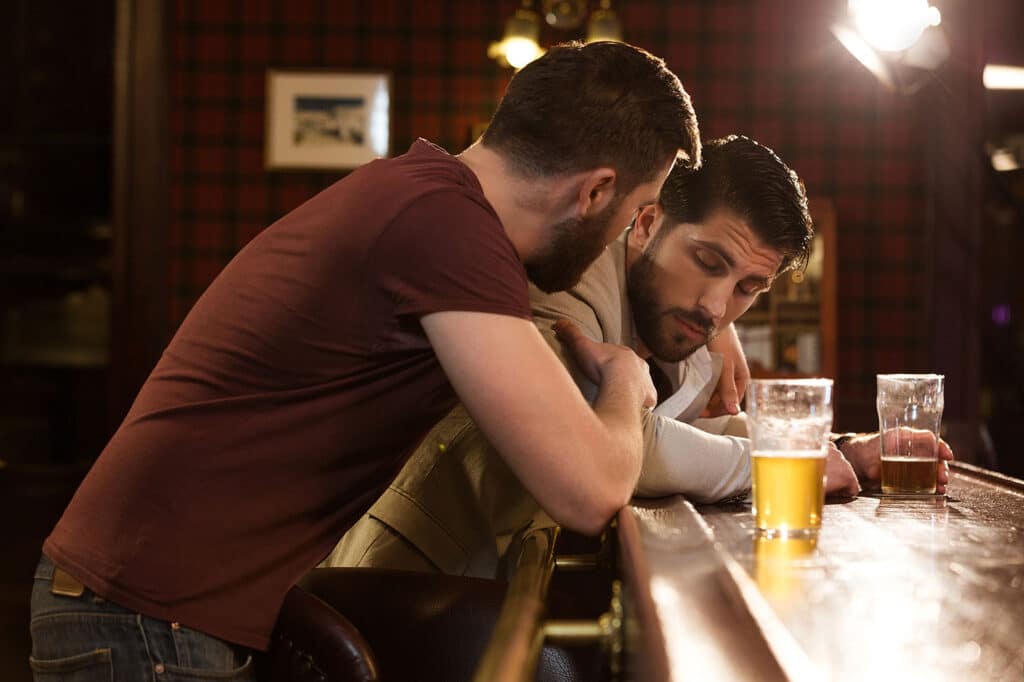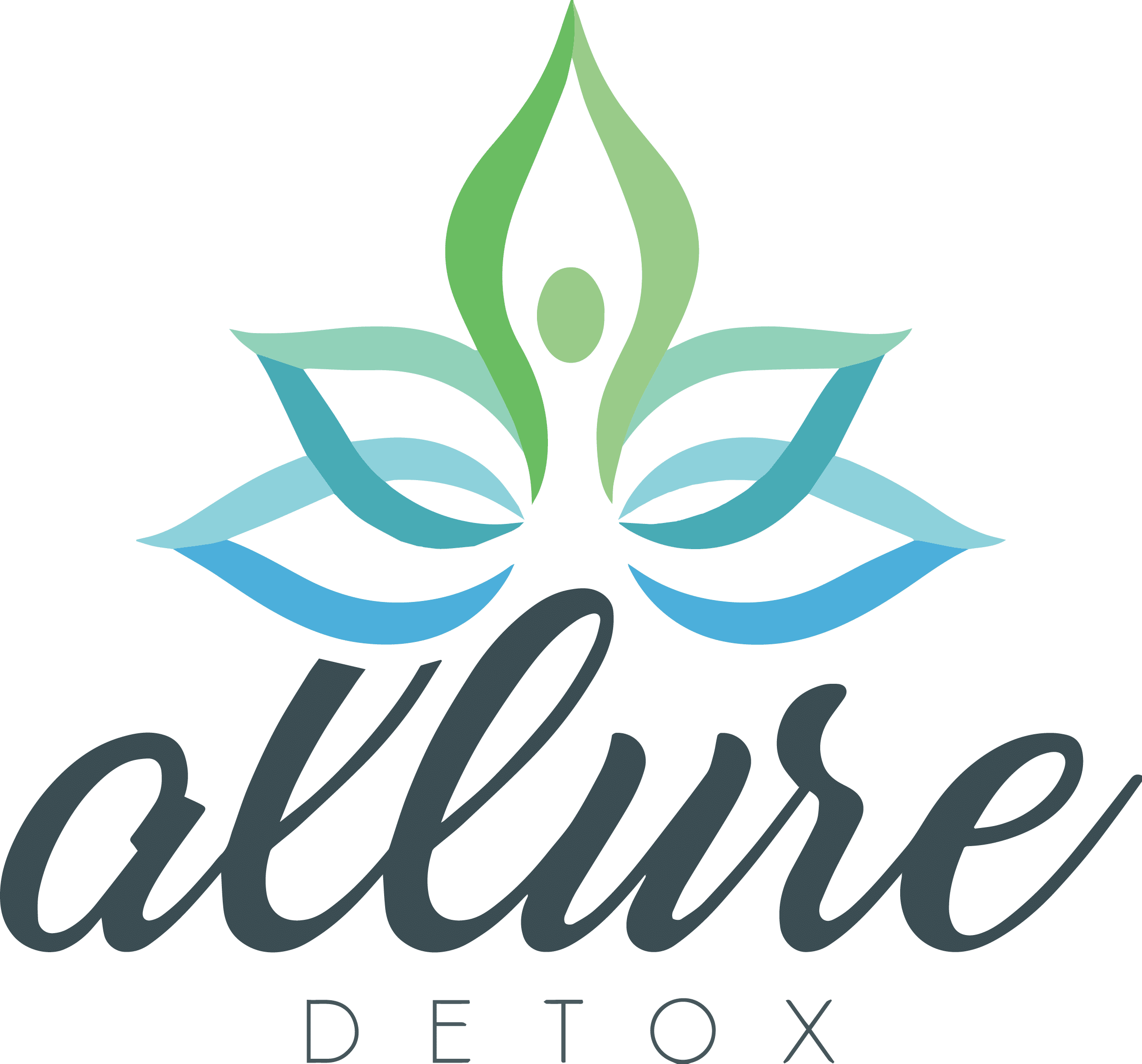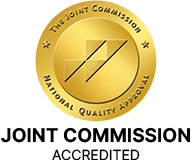The most important question to answer is what public intoxication actually is. It’s more than simply being out in a public place after having a drink or two, or even a drink too many. To meet the legal definition of public intoxication, your level of intoxication must be such that you appear to present a danger to yourself or others. The law exists to protect everyone in those circumstances, including the person who is intoxicated.
Not surprisingly, many people will meet this definition at some point in their lifetime, often on many occasions. In fact, the FBI reports that roughly 443,000 people were arrested for public intoxication last year, and their statistics do not include all states.
These charges have wide-ranging impacts. There are costs to the law enforcement, corrections, and judicial communities. Offenders may encounter problems with relationships, employers, and their finances after being charged. Of course, there are also implications from the offender’s actions, such as destruction of property, trespassing, and other actions that could lead to additional charges.
Because a person typically creates so many other problems while intoxicated, it is important to help prevent and discourage this type of behavior.
Table of Contents
Legal Framework of Public Intoxication

Definition and Scope
Generally speaking, the charge of public intoxication (known in some locations as “drunk and disorderly” or something similar) requires two elements. First, the person must meet some legal standard of what it means to be intoxicated by alcohol, and second, the person’s actions must present a threat to himself or herself, or to others.
The legal standard of alcoholic intoxication is different from that of driving while intoxicated. The legal limit for operating a motor vehicle while intoxicated is 0.08% blood alcohol content. This is standard nationwide due to federal transportation laws.
For public intoxication charges, the standard varies by state. The lowest is 0.15% and the highest is 0.25%. Some states also have a sliding scale that takes the offender’s age into account as well.
Other countries also have various standards, from zero in strict Muslim societies up to 0.15% in other cultures.
Legal Consequences
As is the case with most crimes, a public intoxication charge can result in a variety of legal consequences as set forth by the law with the input of a judge. In some states, there may only be a fine or a requirement of public service. In others, jail time may be required. Regardless of location, the severity of the sentence is typically increased when there are aggravating circumstances, such as property damage or personal injury.
State-Specific Laws
As with any offense, laws on public intoxication vary by state. For example, several states actually have no specific laws against public intoxication. Instead, offenders may be charged with disorderly conduct, destruction of property, or other crimes with alcohol intoxication considered as the severity of their sentence is considered.
Public intoxication typically falls in the range of a class C misdemeanor or its equivalent. The sentence can include fines of as little as $100 to as much as $2,500 with jail terms of as much as a year. Other states provide for incarceration in a “drunk tank” or other holding facility until the offender becomes sober.
Identifying Public Intoxication

Signs and Symptoms
There are several ways to know that someone is intoxicated. One of the most obvious is slurred speech. The depressive effects of alcohol impair the body’s ability to control muscles, making it difficult to form words properly. This also interferes with their general motor skills, most noticeably walking. Intoxicated individuals struggle to walk in a straight line, maintain balance (even on a level surface), and perform fine motor skills.
Additional signs include the generally disheveled appearance of someone who is intoxicated. Their hair may be out of place, glasses on crooked, shirt untucked, and so forth. An intoxicated person may also be belligerent, argumentative, confused, or highly emotional.
Contextual Indicators
Sometimes the context of a situation serves as an indication that intoxicated individuals will probably be in the area. Sporting events, festivals, and parties are common locations for alcohol to be served, and that always creates the possibility that some people will consume too much. Permanent locations like bars and restaurants can have intoxicated individuals around at any time of the year.
The actions of intoxicated individuals are also easy indicators of a problem. Vandalized property, loud conversations, arguments, and even physical altercations can suggest that excessive alcohol consumption has taken place even before law enforcement begins to investigate.
Impact of Public Intoxication

On Individuals
Excessive alcohol consumption has significant impacts on individuals in both the short and long term. First, the condition of being intoxicated puts the person in danger of several different serious outcomes. They are more vulnerable to assault and sexual assault. They may injure themselves falling or wandering into traffic. If they get behind the wheel themselves, they may cause an accident that injures or kills them or someone else.
In the longer term, an arrest for public intoxication can have major financial impacts. The court costs, legal defense, and fines that come with a charge can be significant. The time lost from work could lead to termination, but even just the loss of a driver’s license has an immediate impact on those who drive for a living or just commute to work.
On Communities
The cost to communities of public intoxication is significant. It creates a burden on law enforcement, emergency medical services, jails, and emergency rooms, all of which are already busy. When patrons are constantly getting drunk and disorderly at a single bar or even a group of restaurants and bars, people who want to avoid that type of activity will stop coming to those areas, leaving them to decline economically.
On Families
A public intoxication charge is not a simple issue like a speeding ticket. With a court appearance to make, the potential for job loss, and the cost of addressing the charge, the emotional and financial strain on families is real. The reckless behavior behind a public intoxication charge can also damage relationships and erode trust within a marriage or family.
Addressing and Managing Public Intoxication

Law Enforcement Approaches
Police agencies are in constant conversation about how to handle public intoxication complaints. They want to balance enforcement with managing the demands on their own limited time. In some cases, it is most effective simply to have a sober driver take the person home. Police often use checkpoints and foot patrols to help prevent excessive drinking.
Medical and Social Interventions
Medical care is often required for intoxicated persons. High blood alcohol content can depress breathing and potentially lead to respiratory arrest. Medical care must first be administered to keep the patient alive and safe. After the person becomes medically stable, there must be adequate care through counseling and addiction services to prevent future incidents.
Community Programs
Prevention is a powerful tool in reducing the number of public intoxication issues. Social agencies and recovery groups operate awareness campaigns that highlight the dangers of excessive alcohol consumption, in hopes that fewer people will take their drinking too far. For those who have already encountered problems, there are countless counseling options and support groups for both alcohol users and their families to get at the root causes of abuse and prevent future problems.
Prevention Strategies

Education and Awareness
Further efforts can help prevent excessive alcohol consumption. Many producers of alcoholic beverages take advantage of their advertising time to encourage responsible drinking. Civic and social groups also contribute to this effort, and all levels of the educational system are involved as well. Alcoholic education begins in elementary school and emphasizes safe habits as students reach the higher-risk ages of the early teens. Colleges and universities maintain the message as young people move away from home, and even employers make efforts to keep their workers from engaging in risky alcoholic behaviors.
Policy Measures
Government at all levels is involved as well. As noted earlier, the federal government has mandated 0.08% as the standard for DUI, and many states have implemented additional restrictions. Local governments establish laws and regulatory measures to keep businesses and citizens safe. Many municipalities enforce regulations about consumption of alcohol outside of homes and businesses. They also support designated driver programs and encourage monitoring by bartenders and servers.
Support Systems
There is help available for problem drinkers. There are counseling and treatment programs available in many locations, and they are often covered by health insurance. Informal groups of all kinds meet in many communities as well, providing support and advice to alcoholics and their families. There are even anonymous telephone and online services available.
Conclusion
Public intoxication is an issue that only sounds minor until it happens. Its social, medical, financial, and legal ramifications can follow the offender for years. In order to minimize these issues, policymakers at all levels must work with health care and private companies to raise awareness of and improve response to public intoxication.
FAQ
Can You Go to Jail for Public Intoxication in Florida?
How Much is Bail for Public Intoxication in Florida?
Can You Be Charged with Public Intoxication Without a Test in Florida?
How Serious is a Public Intoxication Charge in Florida?
Published on: 2024-08-08
Updated on: 2025-03-26



